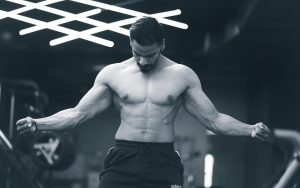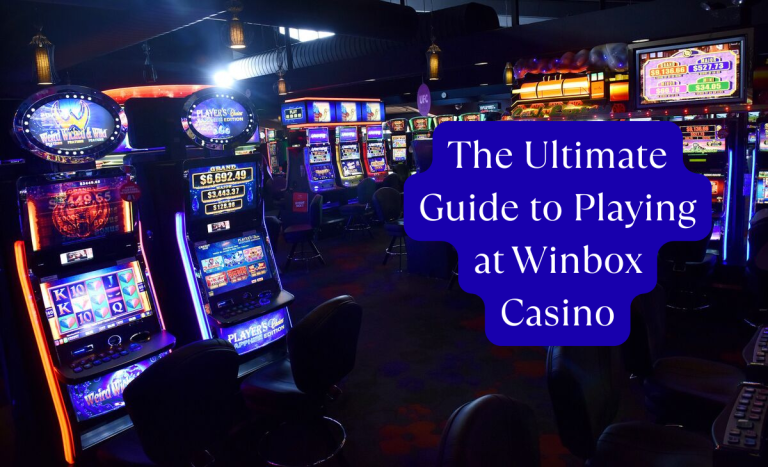The Creative Athletics: Exploring the Fascinating Connection Between Art and Sports
Art and sport can seem as distant cousins to humanity’s expression. One summons images of quiet galleries and introspective viewers, while the other conjures images of resounding arenas and athleticism. And yet while appearances can give way to fact, there exists an underlying fabric of similarities that proves precisely how intimately connected these mediums are. Art and sport are two fundamental forms by which humans express themselves, push boundaries, and connect with each other.
The Shared Canvas of Human Expression
Artists and athletes share more similarities than people realize. Both invest untold hours in practicing their craft, developing muscle memory that allows their bodies to perform with precision and grace. The same practice that goes into perfecting brushstrokes is the same practice that goes into perfecting a jump shot. A dancer’s rigorous training is a gymnast’s rigorous training.
In Bangladesh, the majority of creative paths traverse these worlds. Participants of a quick game of betting at BD online casino generally end up getting drawn towards the artistic sides of game design. These online platforms depict how visual beauty and competition go so wonderfully hand in hand that they provide us experience which awakens both our competitive side as well as creative faculties. Many sportsmen are of the opinion that gaming serves as an outlet that contributes to their physical training schedule.
The intersection of art and sport is beyond practice and drill. Both art and sport share a language of:
| Element | In Art | In Sports |
| Rhythm | Brushstrokes, musical beats, poetic meter | Running cadence, swimming strokes, and team coordination |
| Composition | Arrangement of visual elements | Formation of players, game strategy |
| Expression | Emotional conveyance through the medium | Personality is shown through playing style |
These shared aspects work to clarify how so many are competent in both areas, with skills gained in one area carrying over to better performance in the other.
The Body as Artistic Instrument
The human body is a tool and canvas when sports and art meet. Dance is the most obvious overlap, in which bodily power is used as the vehicle for artistic expression. But the connection runs far more deeply than dance classes.
Figure skaters sculpt stories onto ice. Gymnasts turn strength into poetry. In even team sports, we find ourselves celebrating those athletes who give their actions a little bit of artistry—the basketball player whose drives to the hoop appear choreographed, the soccer player whose movements on the floor are like a grand dance. This corporeal eloquence captivates us precisely because it bridges the gap between athletic achievement and aesthetic beauty.

Social networking sites have made that connection stronger. Athletes seeking to interact with fans depend on the visual arts for expression. Popular social media platforms, such as Melbet Insta Bangladesh accounts, demonstrate how sporting legends use photography, fashion, and visual storytelling to create their personal brands. By means of these sites, athletes make public the artistic side of their personalities while offering fans new ways to enjoy their sporting idols. The online presence of sporting icons increasingly levels out the difference between sporting performance and artistic performance.
The Spectator Experience
The process of sports watching and art watching has remarkable similarities:
- Emotional Investment – They both produce strong emotional responses, from excitement to heartbreak
- Community Building – Fans and art audiences alike build communities around shared interests
- Interpretive Experience – Audiences screen action and meaning through personal and cultural screens
Spectating sports encompasses aesthetic appreciation in the same manner that we do with art. The perfect pass, the perfectly executed play, the impossible save, audiences react the same way to an encounter with a great painting or an emotive musical performance. We enjoy the beauty of both through the same avenues of cognition and feeling.
Most profoundly, perhaps, both art and sports provide opportunities for cultural expression and identity formation. Individuals come together behind teams in the same manner in which they celebrate artists who represent their values and experiences. The gallery and the stadium are both locales where collective identity is formed and affirmed.
Creative Cross-Training
Athletes are coming to value the importance of artistic training to aid in athletic performance. Ballet is done by basketball players to heighten balance and body awareness. Yoga is performed by football players to increase flexibility and mental focus. These crossover training methods acknowledge the complementary benefit of artistic and athletic training.
Similarly, artists regularly undertake athletic training to enhance their art. Sculptors develop the strength to manage materials. Painters enhance shoulder stability for brush control. Actors build endurance for demanding performances. The capabilities of the body determine creative possibility in ways that highlight the intimate connection between physical training and artistic product.
Beyond the Divide
The historical divide between art and sports reflects cultural biases more than inherent differences. As our understanding of human performance and expression evolves, the arbitrary boundaries between these domains continue to dissolve. The athlete’s quest for the perfect move and the artist’s search for the perfect expression represent different facets of the same human drive toward excellence and meaning.
Next time you behold an athlete in ideal form or stand before a masterpiece of art, consider the shared human capacity they represent. At their highest forms, both art and sport transcend the ordinary, expressing visions of remarkable human potential. Their unexpected relationship isn’t so unexpected after all—it’s fundamental to who we are as imaginative, physical human beings.



